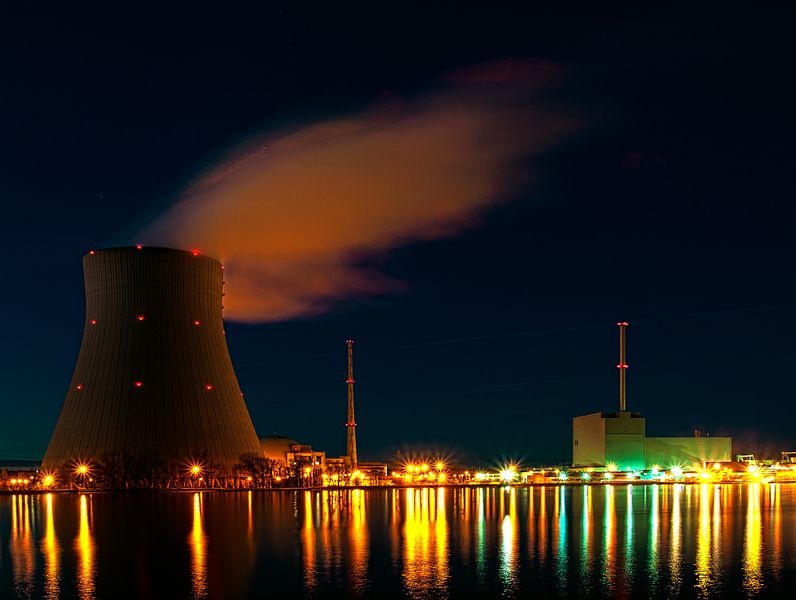It is unanimous agreement that the fossil fuel industry is responsible for much of the global warming effects we are already beginning to see. While the true alternatives to fossil fuel include electric vehicles, renewable energy projects and decreasing the overall carbon footprint, they still need a lot of effort to become the main energy source of the world. For the time being, we can increase our reliance on nuclear power to help cut the emissions. Nuclear power plants are very expensive and somewhat dangerous to maintain, but the electricity production is incredibly cheap. These new fuel metallic fuel rods from Lightbridge, a Virginian company, might make the process a lot safer and efficient than the current rods we have to use nowadays.
More: How @LightbridgeCorp‘s innovative fuel will help decarbonize energy supply https://t.co/R2T5qc3USQ #climate pic.twitter.com/F765P3dCv5
— Nuclear Energy Inst. (@NEI) March 17, 2016
The new rods are made entirely from metal as opposed to ceramic oxide used nowadays. The metal in use will be a Zirconium based alloy and since it is all one continuous piece of metal, the risk of failure is decreased considerably in day-to-day operations of the nuclear power plant. The new Zirconium alloy allows better heat transfer in the thermodynamic cycle since it can operate at 360 C which is 1000 C cooler than the temperature at which ceramic rods have to be heated. This reduced stress on heating means that the plant becomes much more efficient than ever. Also, the metal rods aren’t limited by the size of the power plant and thus, they bring a new dimension to the nuclear power industry by making things smaller and much more practical in engineering terms.

Right now, the Zirconium alloy is undergoing extensive tests with French Nuclear company Areva. Nuclear energy is a risky business and we can’t just rush it. The company hopes to incorporate this new fuel technology into the mainstream industry by 2020. It also claims that according to its own surveys, these rods will result in extra 60 million $ yield per annum for a medium-sized 1,100 MW nuclear plant. The new tech does come with its unique danger as well since the metal alloy will melt quickly than the current ceramic fuel cells. A total meltdown of the reactor like in Fukushima that put millions of lives and acres of space in the danger of radiation would be a lot easier to happen with these fuel rods. So, it is no mean equation and the researchers have to be careful to eradicate this shortcoming as much as possible.



Hurt*